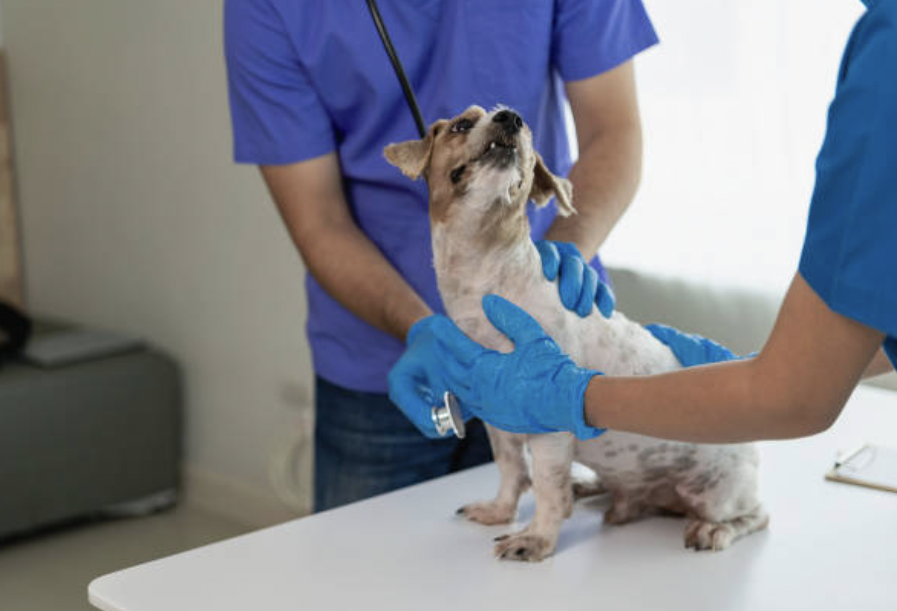Exploring the Crucial Role of Cruciate Ligaments in Pets
In the intricate world of veterinary medicine, understanding the anatomy and function of cruciate ligaments in dogs and cats is essential for diagnosing and managing joint issues that can affect these beloved animals. The cruciate ligaments, comprising the cranial and caudal ligaments, play pivotal roles in stabilizing the knee joints of our four-legged friends.
Anatomy of Stability: The Cruciate Ligaments
The cranial cruciate ligament, easily visible in healthy animals, consists of two bands that prevent the forward sliding (cranial tibial drawer) of the tibia bone beneath the femur, thus aiding in knee stability. This ligament also limits hyperextension and internal rotation of the knee. On the other hand, the caudal cruciate ligament, though less distinct and typically requiring arthroscopic magnification for a clear view, serves to prevent backward sliding (caudal tibial drawer) of the tibia.
When Ligaments Fail: Signs and Symptoms
Cranial cruciate ligament disease is a leading cause of lameness in dogs and, though less common, can also affect cats. The severity of lameness varies depending on the disease stage, the degree of joint instability, the presence of arthritis, and potential damage to the meniscus. Early signs in dogs often include a noticeable reluctance to put weight on the affected leg, particularly noticeable when the dog is standing still, such as at a feeding bowl. Swelling around the knee may lead dogs to adopt a splayed sitting posture to avoid pain.
Partial Tears: A Sneaky Culprit
Partial tears of the cranial cruciate ligament, particularly of its craniomedial band, are a significant concern. These can be tricky to diagnose as the instability they cause—evident through a positive cranial drawer test in flexion—might not be present when the knee is fully extended. Sedation is often recommended during this test to prevent discomfort and ensure accuracy.
Diagnosing the Invisible: Techniques and Challenges
Confirming a diagnosis of cruciate ligament rupture typically involves a combination of radiographic imaging and physical examination. In cats, additional complications like mineralization of the meniscus might be visible on radiographs, indicating joint disease.
Surgical Solutions and Skin Considerations
Addressing cruciate ligament ruptures often involves surgical intervention to stabilize the joint and prevent further arthritis. However, surgery isn’t without risks, including infections at the implant site. Special care must be taken in animals with skin diseases, as they are at higher risk for surgical site infections. Pre-surgical treatments might include managing any existing skin infections with antibiotics and careful skin preparation before surgery.
Post-Surgical Care: Preventing Complications
After surgery, managing the risk of infection is crucial. This might involve postoperative antibiotics, especially if non-absorbable materials are used in the surgery. The debate continues on the best practices for postoperative care, including the use of antibiotics and antiseptic treatments to minimize infection risks.
A Holistic Approach to Veterinary Care
Understanding and treating cruciate ligament issues in pets requires a comprehensive approach that considers everything from the specific anatomy of the ligaments to the potential complications arising from other health issues like skin diseases. By staying informed and attentive to these details, veterinarians can provide better care, enhance recovery outcomes, and improve the quality of life for our animal companions.
About the Expert
Dr. Jessica McCarthy, a distinguished faculty member in orthopedic surgery at the University of Wisconsin, brings a wealth of knowledge and expertise, particularly in the realm of joint diseases. Her dedication to advancing veterinary practices through inclusive and comprehensive care makes her a respected figure in the veterinary community.



